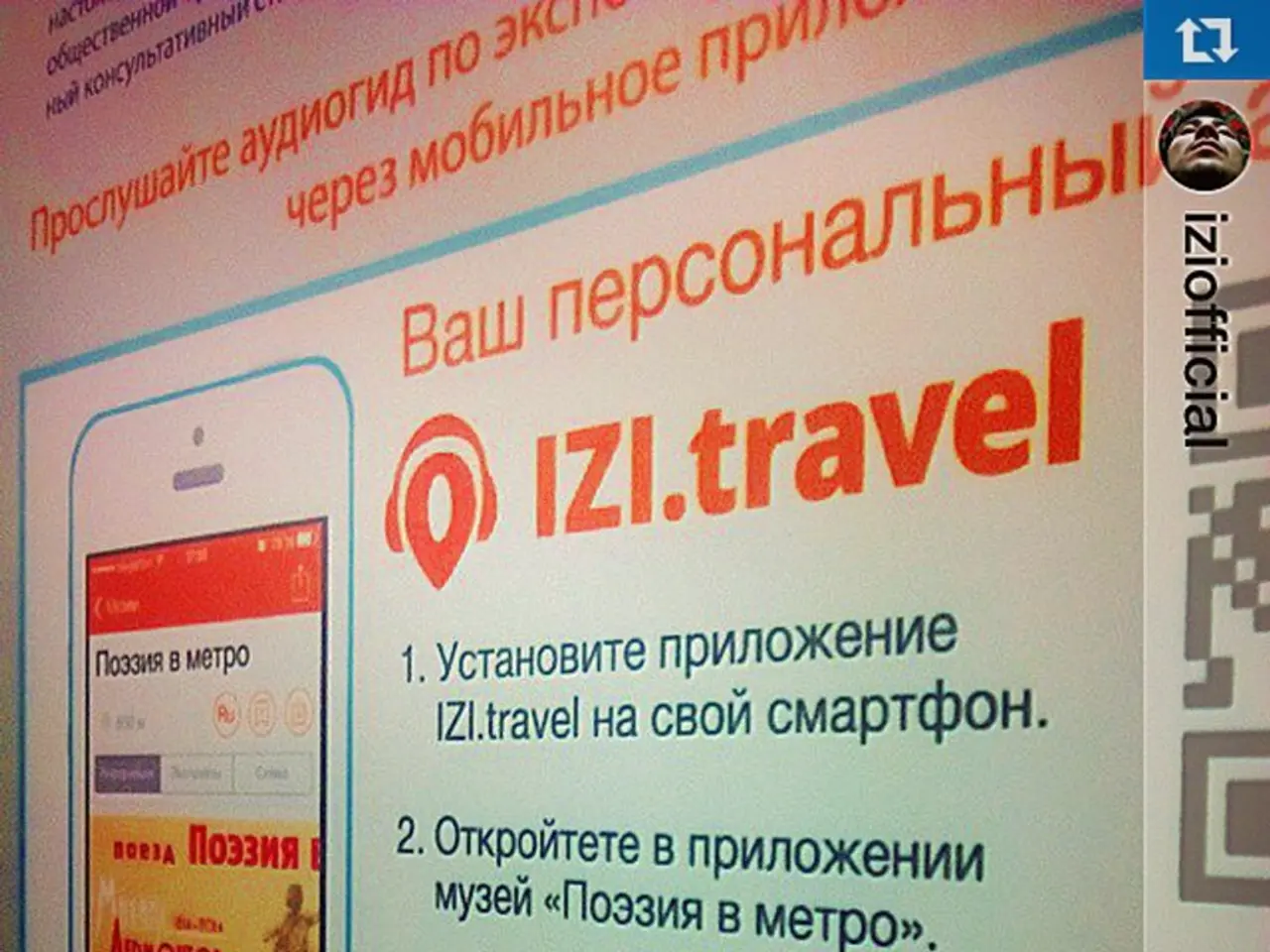Hackers might escalate DDoS attacks with the help of AI assistants, according to recent warnings from researchers
In the ever-evolving world of cybersecurity, a significant shift has taken place over the past three years. According to a report by Netscout, the DDoS-for-hire landscape has undergone a transformative journey, largely due to the influx of automation [1]. This evolution has led to a democratization of sophisticated cyberattacks, making it possible for even less experienced hackers to wage highly effective DDoS attacks.
The heart of this transformation lies in the integration of AI chatbots and advanced automation tools into DDoS-for-hire services. These AI-enhanced platforms have turned DDoS attacks from simple, user-driven actions into highly intelligent and adaptive operations [1].
One key aspect of this change is the embedding of AI assistants within DDoS platforms. These AI assistants allow users to describe their targets and objectives in plain language, with the AI handling all technical aspects such as reconnaissance, vulnerability assessment, attack vector selection, and timing [1]. This shift from manual or semi-automated to fully intelligent and dynamic campaigns is a game-changer.
Current DDoS-for-hire services already boast automated scheduling, real-time attack parameter adjustments, API integration, and multivector attacks that adapt to defenses and exploit complex network protocols like IPv6 and entire subnet carpet-bombing [1]. This democratization effect means that even low-skilled actors can orchestrate powerful, complex DDoS attacks, increasing the scale and frequency of incidents.
The availability of these AI-enhanced platforms has caused a surge in DDoS attacks, with a 41% increase in 2024, and botnet-driven attacks continuing to grow significantly, targeting industries like retail and healthcare more aggressively than ever [1][2].
Beyond DDoS attacks, AI-driven automation extends to other cybercrime tools such as vulnerability scanning bots that autonomously sweep the internet for weaknesses, and AI-generated social engineering campaigns that use natural language processing for tailored phishing, impersonation, and manipulation [3][4].
The cost barrier for renting DDoS attacks has also drastically dropped, facilitating access even further; prices can be as low as $5 per hour, making it economically feasible for a wide range of malicious actors to launch attacks [2].
In response to this rising threat, security teams will need to update their defensive strategies. This includes the adoption of machine learning-based detection and response systems, rethinking incident response, and improving threat intelligence sharing across the cybersecurity community. Traditional DDoS defenses designed for predictable, signature-based attacks will prove inadequate against AI-coordinated campaigns [5].
Application layer DDoS attacks are skyrocketing, posing a significant threat to enterprises across various industries. Recovering from a DDoS attack requires a comprehensive approach, including understanding the attack's origins, implementing defensive measures, and reviewing incident response plans to prevent future attacks [6].
As the use of AI tools by DDoS attackers continues to increase, with tools like 'GhostGPT' and 'WormGPT' being used to write malware, phishing emails, and conduct business email compromise (BEC) attacks, it is crucial for organizations to stay vigilant and proactive in their cybersecurity measures [7].
Sources:
[1] Netscout (2021). The Rise of AI-Powered DDoS Attacks. [Online] Available at: https://www.netscout.com/us/en/about/news/press-releases/2021/the-rise-of-ai-powered-ddos-attacks.html
[2] Cybersecurity Ventures (2022). The 2022 Cybersecurity Almanac. [Online] Available at: https://cybersecurityventures.com/cybersecurity-almanac/
[3] Trend Micro (2020). The Evolution of AI in Cybercrime. [Online] Available at: https://www.trendmicro.com/vinfo/us/threat-intelligence/white-papers/wp/the-evolution-of-ai-in-cybercrime
[4] IBM (2020). The Rise of AI-Powered Cybercrime. [Online] Available at: https://www.ibm.com/security/data-breach/report/2020/rise-of-ai-powered-cybercrime
[5] Netscout (2021). The State of Cybersecurity 2021. [Online] Available at: https://www.netscout.com/us/en/about/news/press-releases/2021/the-state-of-cybersecurity-2021.html
[6] Akamai (2021). State of the Internet / Security: Q1 2021. [Online] Available at: https://www.akamai.com/us/en/about/news/reports/state-of-the-internet-security-q1-2021.jsp
[7] Forbes (2021). The AI-Powered Cybersecurity Threat Landscape. [Online] Available at: https://www.forbes.com/sites/forbestechcouncil/2021/04/22/the-ai-powered-cybersecurity-threat-landscape/?sh=672f54f57779
- The integration of AI chatbots and advanced automation tools into DDoS-for-hire services has transformed traditional, user-driven DDoS attacks into highly intelligent and adaptive operations.
- With the availability of AI-enhanced platforms, even less experienced hackers can orchestrate powerful, complex DDoS attacks, contributing to the increasing scale and frequency of incidents.




